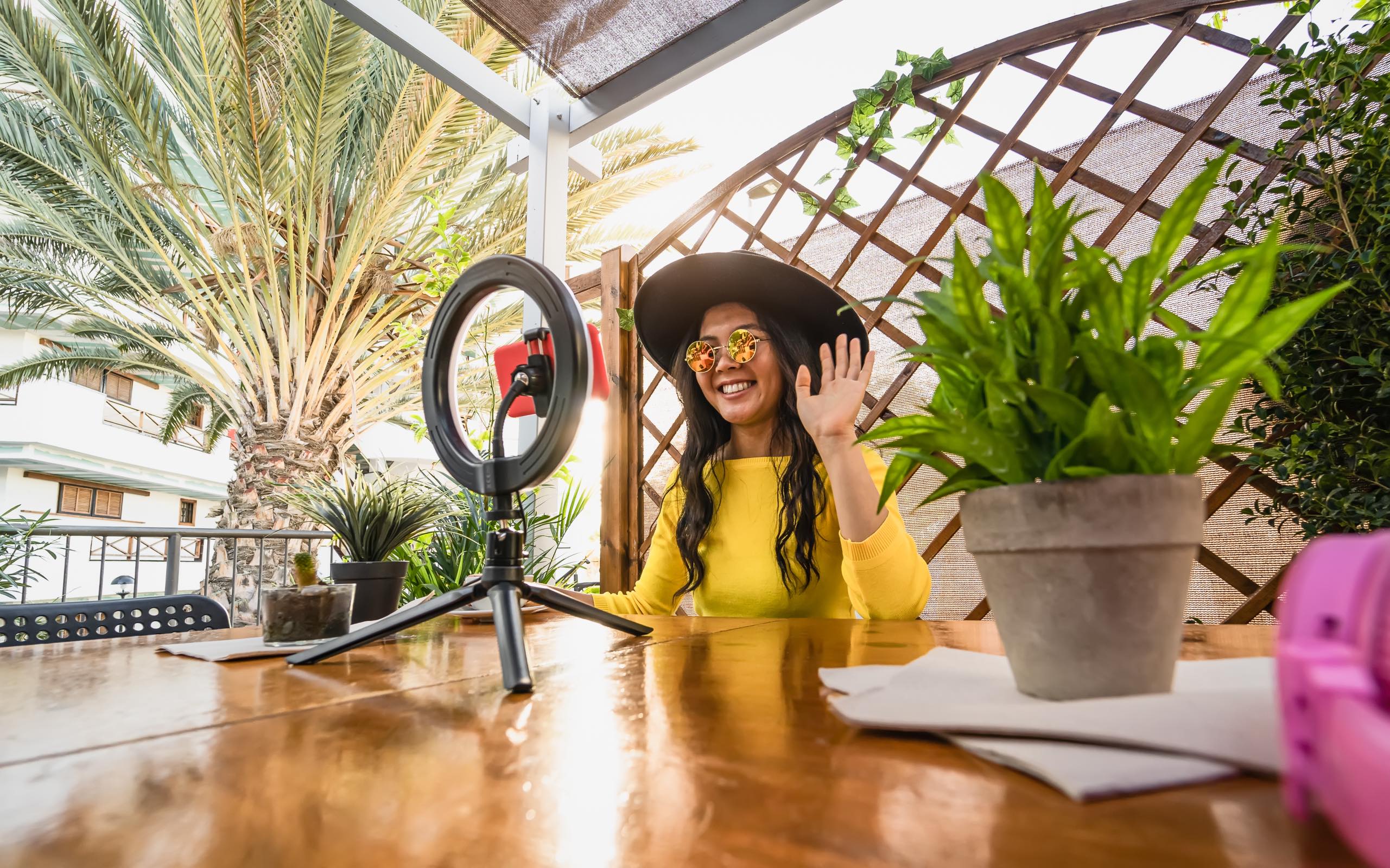Influencer culture has become inescapable in the age of social media. As individuals build their following on social platforms and create a bond with their audience, they become a brand in and of themselves.
But influencer marketing differs from traditional marketing in one distinct way – there’s freedom for creation. Brands play a more passive role in how the influencer chooses to create or share their content. As such, it allows for more personalized and authentic marketing that’s considerably more appealing to the target audience. People trust their favorite influencers to show them real-life products at work, provide genuine reviews, discover places to eat, and even travel destinations.
While many brands assume that going bigger is better, that is not always the case. Preserving authenticity is the key to a successful marketing campaign and positive feedback from the public. For this reason, micro-influencers are a great way to connect with a highly niche audience. They are highly trusted by their followers and are essential to marketing campaigns that aim for both width of reach as well as depth.
So, what is micro-influencer marketing?
A Step-by-Step Guide to Building a Micro-Influencer Marketing Framework
Micro-influencers are defined as social media accounts with anywhere from 10,000 to 100,000 followers or 50,000 followers in some niche categories. Because they have smaller, more engaged audiences, micro-influencers marketing is a powerful yet underutilized tool you can use to separate your brand from its competition. They have a more authentic connection with their audience that results in an almost cult-like loyalty.
Small and focused marketing is extremely powerful, especially in a world that continues to place a high premium on authenticity. By tapping into smaller, more targeted networks, your brand can cultivate a social media presence that’s both fun and authentic.
With that said, here’s how you can run a successful micro-influencer marketing campaign.
Step #1: Strategize – Outline Your Goals and Expectations
Like all marketing campaigns, it’s essential to set goals to determine the direction plus measure the success of a micro-influencer marketing campaign. Your goals will also affect your choice of influencer and how you collaborate with them.
Here are some typical goals of a micro-influencer campaign you could consider:
Increasing brand awareness, including the reach of the campaign, your brand’s social media followers, and the number of social media mentions
Increasing amount and number of sales – this can be achieved by designating each micro-influencer a specific discount code to measure their reach
Increasing brand engagement and customer retention, including gaining loyal and repeat customers
Increasing brand visibility in a new market or launching a new product
Tip: Make sure you outline a budget. Besides helping you track your ROI, such a plan will also determine who you work with and what deliverables to ask for.
Step #2: Find and Connect with the Right Micro influencers
Once you have your basics established, think of the characteristics that best describe the micro-influencer you want to work with. Make sure they align with your target audience and brand. Ideally, you want a brand advocate with a distinct brand voice and high engagement rates. Try finding people with a dynamic following. Best candidates are influencers who have previously shared content related to your brand.
Here are a few ways you can find and verify micro-influencers:
Use third-party influencer tools and micro influencer agencies to help narrow your search
Monitor your branded hashtag to figure out which influencers drive the most traffic
Pay attention to your social media comments and tags to find someone who’s already a real-life fan of your brand
The best way to connect with influencers is to reach out to them directly or go through a micro-influencer agency. An agency can also help you find micro-influencers whose social media content suits your brand.

Step #3: Sign an Influencer Agreement Contract and Develop a Creative Brief
Most micro-influencers will provide a rate card that will help with the negotiation process. Once the money talk is out of the way, discuss the deliverables with the influencer and provide them with all the briefing materials they’ll need. Make sure they understand your brand values and the goals of your campaign.
Consider rewarding the micro-influencers to deepen their level of engagement with your brand. For instance, you can:
Provide invitations to exclusive events
Offer sneak peeks or early access to new products
Create a personalized promo code that allows them to receive a reward once a prospect completes a purchase
Giving free products or samples
Step #4: Track and Measure the Success of the Campaign
Step number 1 involved setting goals and KPIs. Once your micro-influencer marketing campaign is underway, the only thing left to do is track the KPIs. If you’re not hitting your goals, take a step back and evaluate what’s working and what’s not.
Elevate Micro-influencer Marketing with Glue Loyalty
There’s a common misconception that a business has to be a big brand to capitalize on influencer marketing. On the contrary, influencer marketing – particularly micro-influencer marketing – is an incredibly effective tool for budding brands and small businesses.
With Glue Loyalty, you can create loyalty programs that amplify the power of micro-influencer marketing and retain an audience that’s not only loyal to the micro-influencer but your brand as well.



